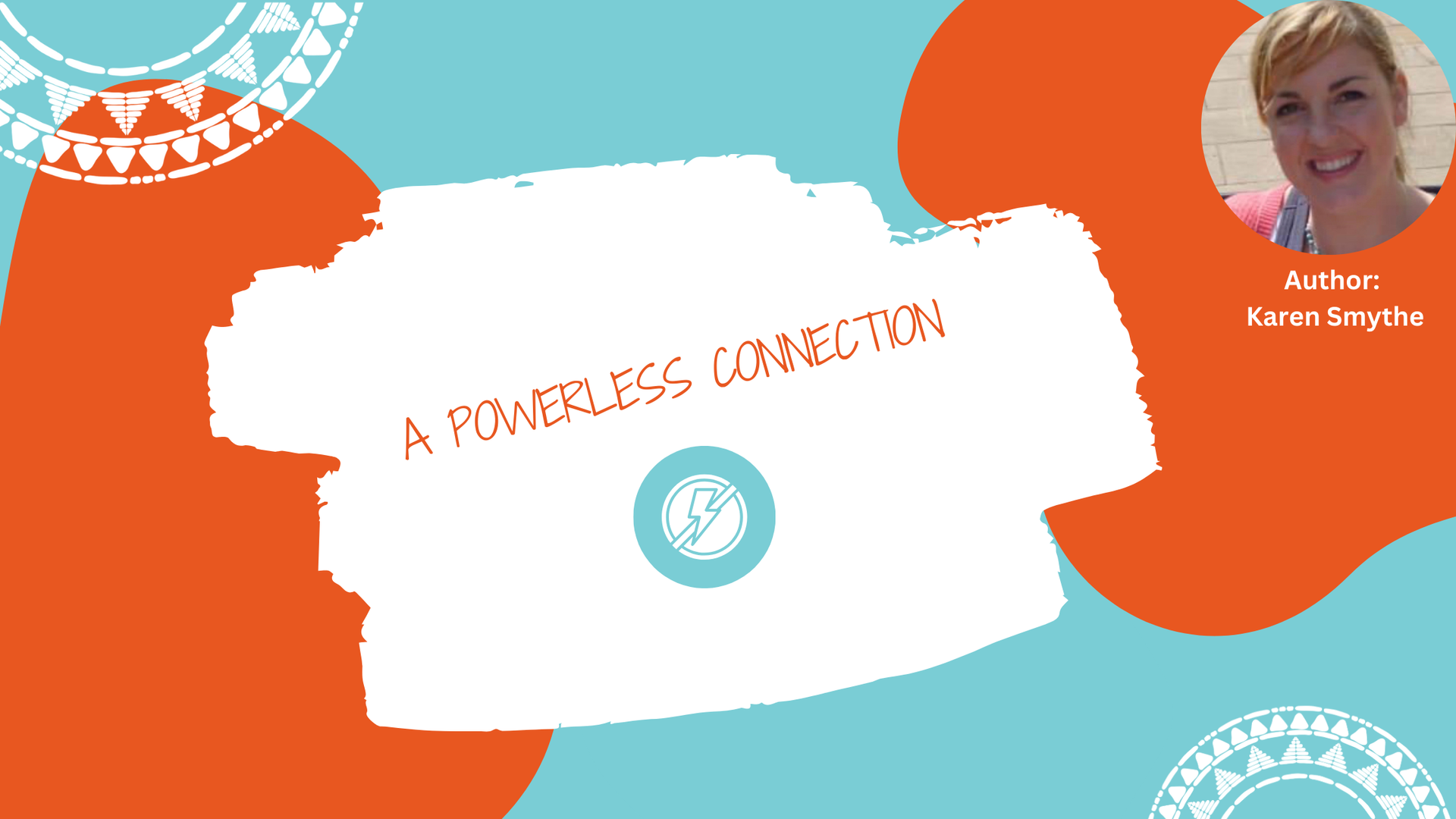Our Story - Our Logo
Hi all,
I've been on quite a journey these past couple of months. You may have noticed that we have a brand new look for Connect RP, which we're very excited about, and I suppose the purpose of today's blog is to tell you more about this change and the meaning behind the elements of this logo which I'm so passionate about.
Intention
I can find change hard!
I don't always embrace it, but in this case, I have (mostly!) loved the journey of creating my new logo with the amazing team at MX3 (special shout out to the wonderful Christina Clarkin and our designer James Walsh), alongside the support of generous mentors and dear friends. As I continue this work, I learn, I grow, and I grapple. As my clarity around Connect RP's mission;
…to co-create relational school communities by aligning values and actions that honour a culture of empathy and connection…
continues to emerge, I wanted to visually align my logo and messaging with the work that is close to my heart, a logo that told the story of Connect RP!
The Sun – Lighting the Way Together!
The beautiful bright Sun of my new logo represents all the partnerships that are fostered within the work that I get to do, seeking to co-create a relational school community through community, within community, for the communities we serve. The multiple inner rays represent the internal partnerships within each school, the UBUNTU Leadership teams and the Be RP Hive (guided professional learning community), where staff come together to share, reflect and support one another. This is the heart of growing a sustainable approach to enable the culture of change, whereby the team guides the students, parents and the BOM to engage with, experience and understand Restorative Practice and they, in turn, guide the team.
The outer rays illustrate the external partnerships between all the UBUNTU Team leaders of each school that gather in our online monthly cafés to offer ongoing support and guidance to share their school-directed individual journey with one another.
Then one of my favourite elements, the circle rings connecting the rays, portray the mentor partnerships between Connect RP and the teams and schools where we co-learn and co-create, lighting the way for each other in the community!
The Giraffe – Guiding Our Practice!
The beautiful silhouette of the Giraffe is at the heart of our circle here. This was an essential feature for me, as Sophie, my giraffe sharing piece, accompanies me when I am facilitating circles.
The Giraffe, inspired by Marshal Rosenberg's NVC, is known as the restorative animal and offers the compass of its big heart and long neck. I have a very long history of connection to giraffes which began as a very-tall-long-necked-kid with siblings who thought they were hilarious. This evolved into a deep appreciation of the gifts of empathy and nurture represented by the Giraffe and of which Restorative Practice has offered me and my life's work. I am so grateful for this.
You can find out more about why we LOVE LOVE LOVE giraffes in this short video extract from our On Safari with our RP Buddies oral language development module for junior primary.
Patterning – Seeking to Honour the Philosophy!
The gorgeous patterning has an African expression and a link to my UBUNTU Learning Platform. UBUNTU is a South African word that relates to our interconnectedness, our shared humanity. This choice was inspired by my desire to embed Connect RP’s work within the heart of the philosophy, to honour the understanding that the work I get to do has its roots in indigenous communities. It is not something new and shiny with tips, techniques and tricks to get the kids to behave but a way of being, informing how we move through the world. I wanted to illustrate that deep ancient wisdom is attached to these processes and beliefs that seek to honour, model and practice the understanding that we are profoundly relational – UBUNTU!
Colour – Courage, Hope and Perspective-Taking.
I love the bright oranges and yellows of the Sun, conjuring up the image of illumination and hope. I don't wish to promote the thinking that RP offers unicorns and magic wands, but I do believe it can offer us the hope of connection and transformation - the potential to be a rainbow in someone’s cloud (Maya Angelou), to find a brighter view within my own internal landscape, and to also appreciate the beauty in the range of colours of different perspectives around me.
For me, the pop of colour of the RP represents these intentions and beliefs, which inspire me to continue this work. This pop of colour also acknowledges my previous logo that has served me very well and got me to this point of the journey where I am today.
Font – Strong Back, Soft Belly (Brené Brown)!
I wanted the font to be warm, approachable, inviting and strong – adjectives I associate with this work. Sometimes people can misunderstand or dismiss RP as a ‘soft approach’, whereas it is often about having the courage and capacity to have brave conversations that can be messy and hard at times but that offer the potential to heal, CONNECT and transform. RP supports us to develop the conflict literacy skills to do this and, most importantly, the relational thinking needed to believe it is a worthy investment. The openness and warmth of the bold, strong font represent my wish that the work that we do as a community allows us to develop a strong back of skills, beliefs and intentional experiences so we can have the courage to risk sharing and showing our soft bellies. This is where connection lives, the journey from fear to love. I love the fact that RP is tucked under the embrace of CONNECT, which represents my intention as the director of Connect RP to continuously nurture, model and seek an authentic understanding of RP for me personally and to cultivate this within our Connect RP schools….
Co-Creating Relational School Communities
…If you want to go fast, go alone, if you want to go far, go together!...
(African Proverb)




